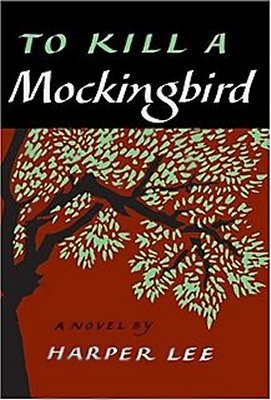On Friday the world lost the renowned and iconic author Harper Lee, who passed away at age 89. The author, despite being the recipient of many literary awards – the Bestsellers Paperback of the Year Award, the Pulitzer Prize and the Best Novel of the Century to name a few – the author only produced two complete novels in her long lifetime.
The infamous To Kill a Mockingbird, which was published in 1960, and her second novel Go Set a Watchman published in 2014 make up her books produced. However, To Kill a Mockingbird has been firmly cemented in the literary canon as one of the greatest modern American classics of all time.
This all begs the question however, as to what qualifies a book as being worthy of the title ‘a classic’. What distinguishes ‘a classic’ from just a really good book? It’s a question one could ponder on for hours and still not figure out.
Undeniably, To Kill a Mockingbird is one of the greatest literary works in history. However, the status of the novel and subsequent title of ‘a classic’ comes from the importance of the book, as well as how it moves the reader.
Many well-written books are moving, however few books educate and enlighten a reader like To Kill a Mockingbird continues to do.
The book refuses shyness in regard to issues of race, sexual assault, gender and society. As one of the most highly taught novels in the UK, it raises questions was to what it is to be equal, female, and what it is to grow up.
As Scout grows up, the world becomes a darker and more unjust place, and her innocent expectations of the world begin to be shattered. As the hardest lessons in life often come in this realisation of the world, the reader relives and rethinks this period of life through Scout.
As a young reader, this feeling of growing up and impending adolescence as seen through he brother is recognisable. As an older reader, we reflect upon the moral compass of the book established in the character of Atticus, and what we can both lose and gain by doing the right thing.
The publication of Go Set a Watchman threatened to undermine the ethos of this however, with readers being dismayed at the character of Atticus. Michiko Kakutani of the New York Times wrote on how Atticus appears to have been ‘affiliating with raving anti-integration, anti-black crazies, and the reader shares [Scout’s] horror and confusion’.
While this unpleasant shock to the reader threatens to taint the character of Atticus, it is important to note that while Go Set a Watchman was published to appear as a sequel to To Kill a Mockingbird, it actually began as a first draft of what would late become To Kill a Mockingbird. Perhaps we can read this more difficult and disappointing character as an example of what he could have been, had Harper Lee not developed him into a character that stresses the importance of morality, who becomes the very essence of the classic.
To Kill a Mockingbird offers both struggle and comfort; within these dark and troubling issues come words of immense and universal solace. The famous lines that read, “you never really understand a person until you consider things from his point of view.
Until you climb inside of his skin and walk around in it” spoken by Atticus, are as prevalent today as they ever were. In the current climate of war-torn countries such as Syria and the consequential refugee and migrant crisis and feeling of prejudice and discrimination, this simple declaration rings as true today as it did in the society of 1960s America, making the message of this classic transcend time and location.
Sasha Khan





